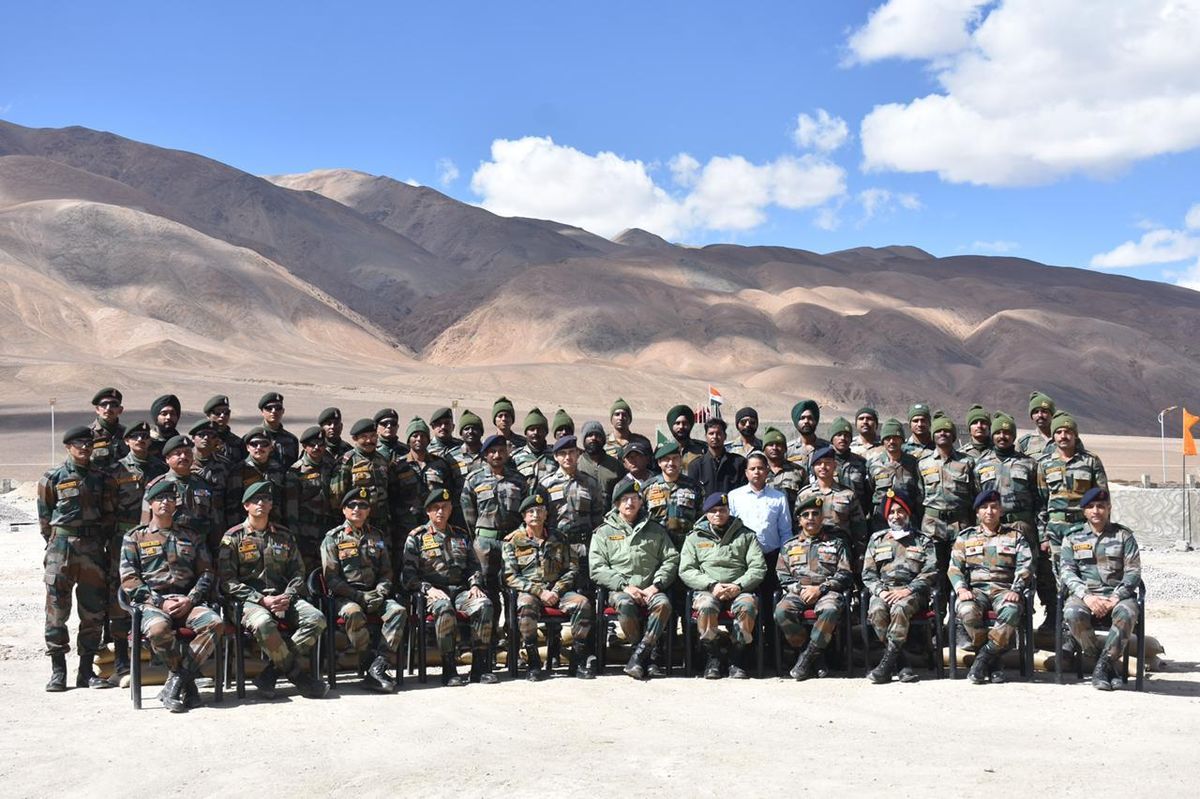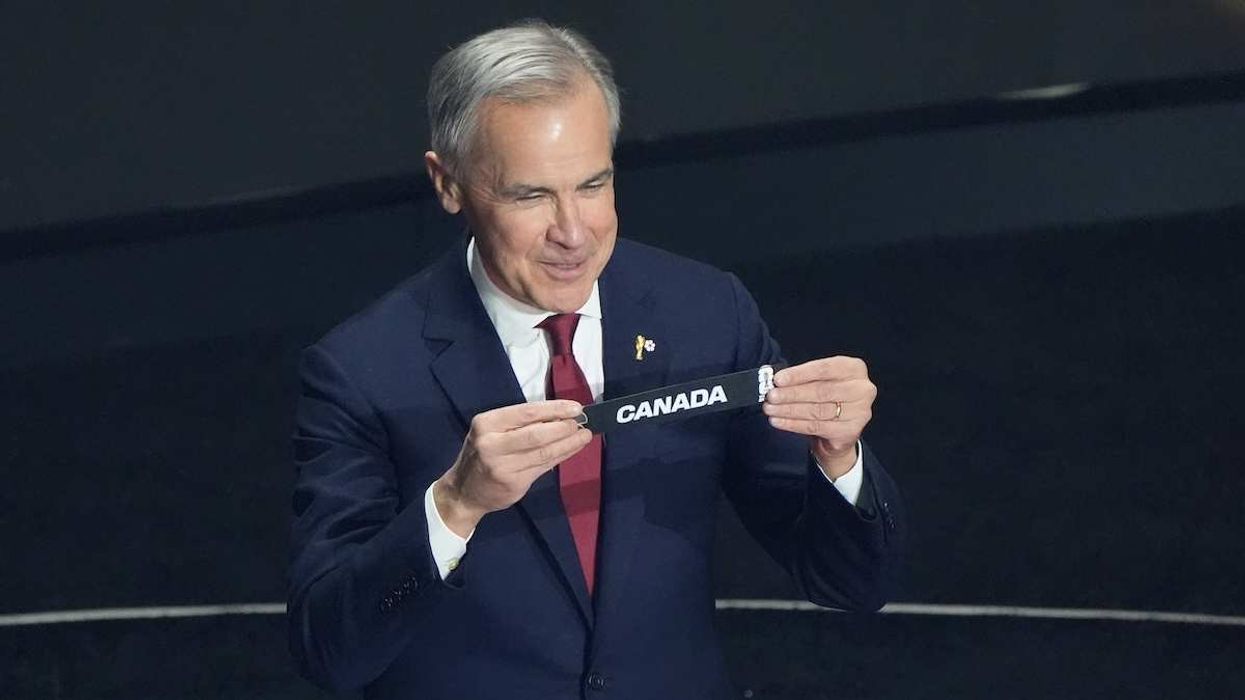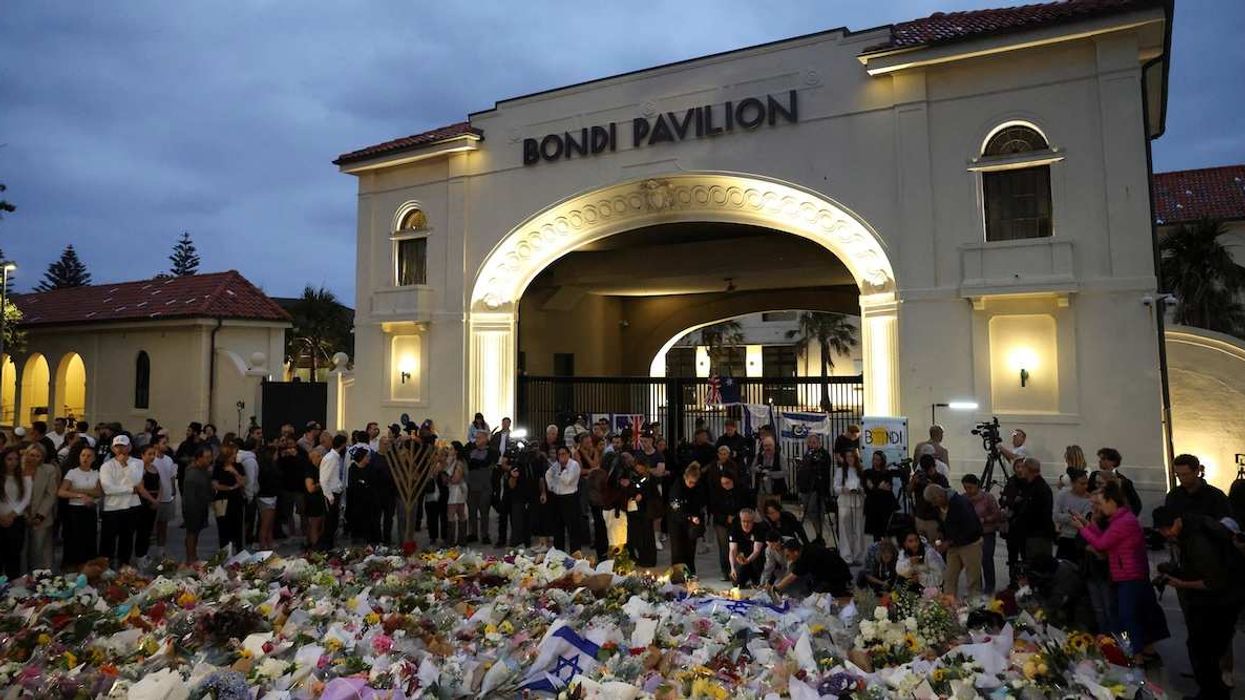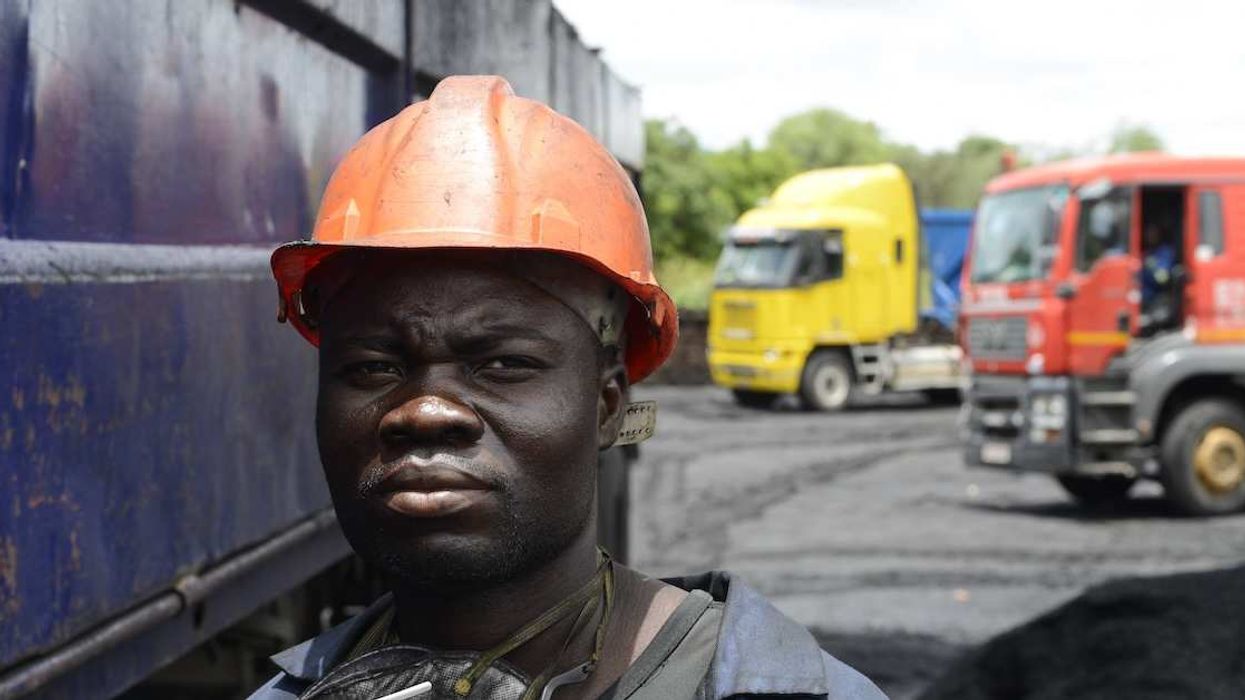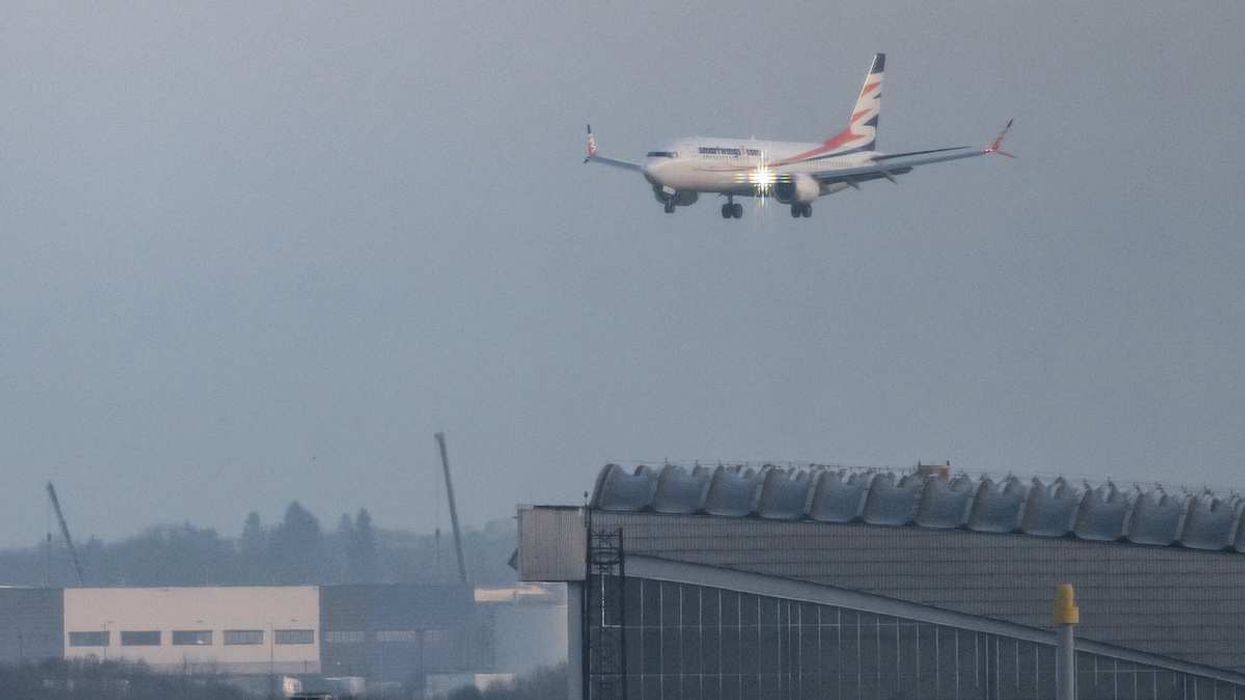Fresh clashes in a culturally and strategically important area in the Himalayas between the world’s two largest militaries are triggering questions about India’s capacity to confront China.
The point of contention is the Line of Actual Control, a 2,150-mile British-era border militarized in 1962 in the wake of a brief war after which China gained 14,700 square miles of what India still considers its territory. Sixty years later, a more muscular Beijing has returned to reclaim what it still contends as its own: vast swaths of northern India’s Ladakh region and most of Arunachal Pradesh state. Meanwhile, India is still pushing to take back China’s Aksai Chin region.
For decades, this sparsely populated area remained a quiet frontier, until in June 2020 a rare bloody skirmish left 20 Indian soldiers and 4 People’s Liberation Army troops dead. Dozens of rounds of negotiations resulted in China getting a buffer zone and India losing a foothold in areas it previously controlled.
The optics indicated that India lost and China won.
Now, the latest clashes have rung three alarms. First, the front has shifted to the east, near Tibet, which means that the tensions are spreading. Second, India hasn’t matched China’s massive buildup of military and civilian infrastructure in the remote area, which means it has to play catch-up.
Third, and most importantly, none of India’s moves to counter China since 2020 — to punish Beijing economically by banning certain imports and apps, to align its diplomacy with the Western-led anti-China bloc, or balancing with China’s friend Russia – have worked.
Prime Minister Narendra Modi is under fire at home. Though the opposition is weak, it smells blood in the water and is questioning Modi’s capacity to deter China. The PM, who is gearing up for a third term, has swatted off irritants like Pakistan and gained popular support for his strongman confidence.
But the PLA is not the Pakistani army. And despite New Delhi’s decades-old policy of non-alignment aka strategic autonomy — where it tells the West that it’s a friend, not a lover, always a partner, and not an ally — the Chinese don’t seem convinced that the Indians can be dealt with without boots on the ground.
So far, India is putting up a brave face. On Thursday, it went ahead with a pre-scheduled missile test termed a “China Killer” by Indian media. And last month, Indian troops held joint exercises with the US near the border with China, despite objections from Beijing.
Michael Kugelman, director of the South Asia Institute at the Wilson Center, thinks that India presently has limited if any capacity to deter China’s border provocations. What’s more, the Indians can’t really count on outside help beyond public messages of support and at the most some intelligence from Washington.
“At the end of the day, India is on its own,” he explains, “though that’s partly by design, as India prefers that its Western partners not say so much publicly during these clashes so as not to further provoke Beijing.”
But New Delhi urgently needs to do some military housekeeping. Kugelman thinks that India will need to play a long game and continue to focus on military modernization efforts and reforms within its massive but lethargic defense industry, so that it can develop a stronger deterrent capacity further down the road.
Of course, that won’t accomplish much now with China literally on India’s doorstep, he assesses.
China-India tensions also pose an awkward challenge for Washington. For decades, New Delhi has looked to Moscow as a key source of weaponry meant to deter Beijing. India’s Russian-made arsenal missile systems could trigger American sanctions over Ukraine.
“If the US wants India to wean itself off Russian arms, that could undercut both Indian and US interests,” Kugelman explains. But there is a middle ground. America, along with allies that are also Indian suppliers like France or Israel, “will need to step up their game and offer more of their weaponry to replace what India has long received from Russia.”
On the economic front, shutting off China isn’t going to be easy. While tensions have forced the Indians into fresh trade deals with Western powers in lieu of China, “if you look at India’s recent trade figures, you’ll find that China continues to be a top Indian trade partner,” Kugelman says.
“Commercial cooperation with Beijing dies hard.”
